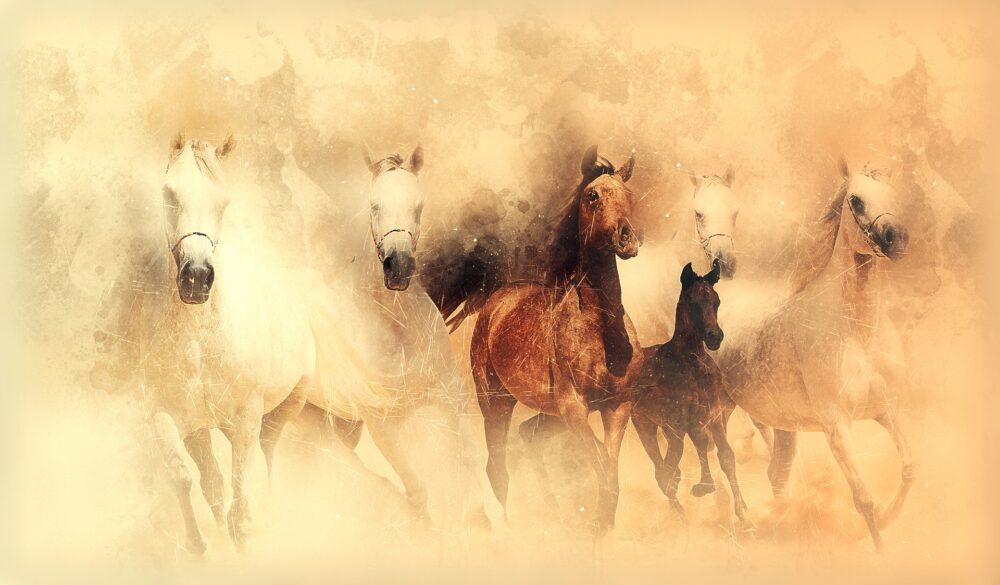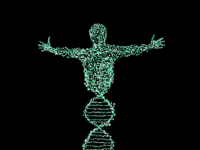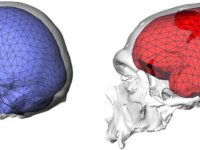Arabian horses are often considered the most beautiful horse in the world, distinguished by their dish-shaped face, large eyes, and high tail. They originated in the Middle East over 2,000 years ago, and they are capable of enduring heat and traveling long distances. Whether by accident or by strategic breeding, many European horses contain traces of Arabian blood, as they were often used to strengthen athletic horses’ gene pools. However, among horse professionals, Arabians are known for genetic defects related to inbreeding, including severe combined immunodeficiency and epilepsy. How did such a well-established breed develop these problems, and what can breeders do to improve genetic wellness?
Arabian horses are often considered the most beautiful horse in the world, distinguished by their dish-shaped face, large eyes, and high tail.
The more diverse a gene pool is, the healthier and more stable the population will be. With lower genetic diversity, disease traits are not diluted as they would be in a healthy population, so diseases can become prominent in the genome. In the wild, these traits emerge when a bottleneck effect occurs and population numbers decrease dramatically. In comparison to this natural event, the effects of domestic breeding can be even more drastic. The “popular sire effect” decreases genetic diversity through the use of one perfect specimen to produce many offspring with the goal of improving the breed or raising another award-winning horse. This effect has been exacerbated by new breeding technologies like artificial insemination, which allows many mares worldwide to be impregnated by a single individual.
The most reliable indicators of genetic diversity are alleles, which are variations of the same gene within a population and have the same function but translate to slightly different phenotypes. A large variation of alleles and heterozygosity (two different alleles on the same chromosome) indicate a diverse gene pool. In an investigation of Arabian horses’ genetic history and diversity, an international team of scientists based in Cornell University conducted an eight-year study using these and other metrics. They studied 378 horses from 12 countries, aiming to uncover the genetic links between different strains of Arabians and identify areas of the genome corresponding to typical Arabian characteristics.
The researchers found that established populations of the breed in the Middle East are genetically diverse, but the subpopulations across continents suffer from low genetic diversity. This deviation is likely because small numbers of founder animals were exported to Europe and the Americas, and the resulting populations were inbred. Additionally, they found that the trademark “dished,” concave face shape was not always there, becoming more pronounced over the last two centuries. Beauty standards and globalization likely pushed breeders towards a more standardized version of the breed.
Arabians’ influence on the Thoroughbred breed is a widely accepted part of horse history — three Arabian geldings famously formed the basis for these racing horses. However, based on analysis of the Y chromosomes, these geldings were likely not Arabians but a different, similar Asian variety. To further complicate matters, the researchers found traces of Thoroughbred ancestry in Arabian racing horses which were thought to be pure Arabians. This analysis reveals that centuries-old tales and pedigree records cannot be trusted when tracing horses’ ancestry, and a population’s genetic makeup cannot be assumed.
Relying on pedigree information and recorded history to maintain healthy breeding patterns is not trustworthy, so breeders need to use genetic technologies to both identify inbreeding and fix associated problems.
This eight-year study uncovered possible paths toward improving the health of Arabian horses. Relying on pedigree information and recorded history to maintain healthy breeding patterns is not trustworthy, so breeders need to use genetic technologies to both identify inbreeding and fix associated problems. Breeding between different subgroups could help diversify the gene pool, and involving horses from the original Middle Eastern population would be even more ideal. Competitions could also be restructured to prioritize the horse’s health over physical perfection. The Arabian’s rich history and impressive beauty aren’t going anywhere, so it is our responsibility to ensure its future health.
Scientific Reports (2020). DOI: 10.1038/s41598-020-66232-1






